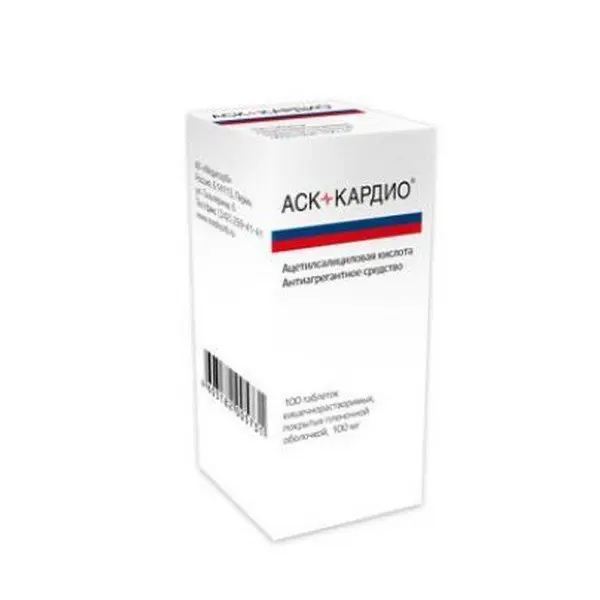Description
Lorista N Pharmacodynamics
Lorista N is a combination drug; it has a hypotensive effect.
Losartan is a selective angiotensin II receptor antagonist (type AT1) for oral administration, of a nonprotein nature. In vivo and in vitro, losartan and its biologically active carboxyl metabolite (EXP-3174) block all physiologically relevant effects of angiotensin II on AT1 receptors regardless of its synthesis pathway: leads to increased plasma renin activity, reduces plasma aldosterone concentration, etc. Losartan indirectly causes activation of AT2 receptors by increasing angiotensin II levels.
Losartan does not inhibit the activity of kininase II, an enzyme that is involved in bradykinin metabolism.
It reduces total peripheral vascular resistance (TPR), pressure in the “small” circulatory circle; it reduces post-load, has a diuretic effect.
Prevents the development of myocardial hypertrophy, increases exercise tolerance in patients with chronic heart failure (CHF). Taking losartan once a day leads to a statistically significant decrease in systolic and diastolic blood pressure (BP). Losartan controls BP evenly throughout the day, with an antihypertensive effect consistent with the natural circadian rhythm. The reduction in blood pressure (BP) at the end of the drug dose was approximately 70-80% of the effect at the drug’s peak, 5-6 hours after administration. No withdrawal syndrome is observed; similarly, losartan has no clinically significant effect on heart rate (HR). Losartan is effective in men and women, as well as in elderly (> 65 years) and younger patients (< 65 years).
Hydrochlorothiazide. Thiazide diuretic whose diuretic effect is associated with impaired reabsorption of sodium, chloride, potassium, magnesium, water ions in the distal nephron; delays excretion of calcium ions, uric acid. It has antihypertensive properties; hypotensive effect develops due to dilatation of arterioles. It has practically no effect on normal blood pressure (BP). Diuretic effect occurs in 1-2 hours, reaches a maximum in 4 hours and lasts 6-12 hours. Antihypertensive effect occurs after 3-4 days, but it may take 3-4 weeks to achieve optimal therapeutic effect.
Indications
* Arterial hypertension (patients who are indicated for combination therapy).
* Reduction of cardiovascular morbidity and mortality risk in patients with arterial hypertension and left ventricular hypertrophy.
Contraindications
Hypersensitivity to losartan, to agents, which are sulphonamide derivatives and other drug components, anuria, severe renal dysfunction (creatinine clearance (CK) less than 30 ml/min). ), hyperkalemia, dehydration (including against the background of high-dose diuretics), expressed liver dysfunction, refractory hypokalemia, pregnancy, lactation, hypotension, age less than 18 years (effectiveness and safety are not established), lactase deficiency, galactosemia or glucose/galactose malabsorption syndrome.
With caution: Blood water-electrolyte balance disorders (hyponatremia, hypochloremic alkalosis, hypomagnesemia, hypokalemia), bilateral renal artery stenosis or artery stenosis of the single kidney, diabetes, hypercalcemia, hyperuricemia and/or gout, a history of allergology (some patients have developed angioedema previously when taking other drugs, including AP inhibitors
Dosage and administration
- Orally, regardless of meals. Lorista N can be combined with other antihypertensive agents.
- Arterial hypertension
The initial and maintenance dose is 1 tablet of Lorista N (50/12.5 mg) once a day. The maximum antihypertensive effect is achieved during three weeks of therapy. To achieve a more pronounced effect, it is possible to increase the drug dose to 2 tablets of Lorista N (50/12.5 mg) once a day. Maximum daily dose is 2 tablets of Lorista N. - In patients with decreased circulating blood volume (e.g., against a background of taking high doses of diuretics), the recommended starting dose of losartan in patients with hypovolemia is 25 mg once daily. Therefore, therapy with Loristaya N should be started after withdrawal of diuretics and correction of hypovolemia.
- In elderly patients and patients with moderate renal insufficiency, including those on dialysis, no adjustment of the initial dose is required.
- Reduction of cardiovascular morbidity and mortality risk in patients with arterial hypertension and left ventricular hypertrophy
- The standard starting dose of losartan is 50 mg once daily. Patients who have not been able to achieve target BP levels on losartan 50 mg/day should select therapy by combining losartan with low-dose hydrochlorothiazide (12.5 mg) and, if necessary it is necessary to increase the dose of losartan to 100 mg in combination with hydrochlorothiazide at a dose of 12.5 mg/day, further to increase to 2 tablets of Lorist H 50/12.5 mg total (100 mg of losartan and 25 mg of hydrochlorothiazide per day once).





